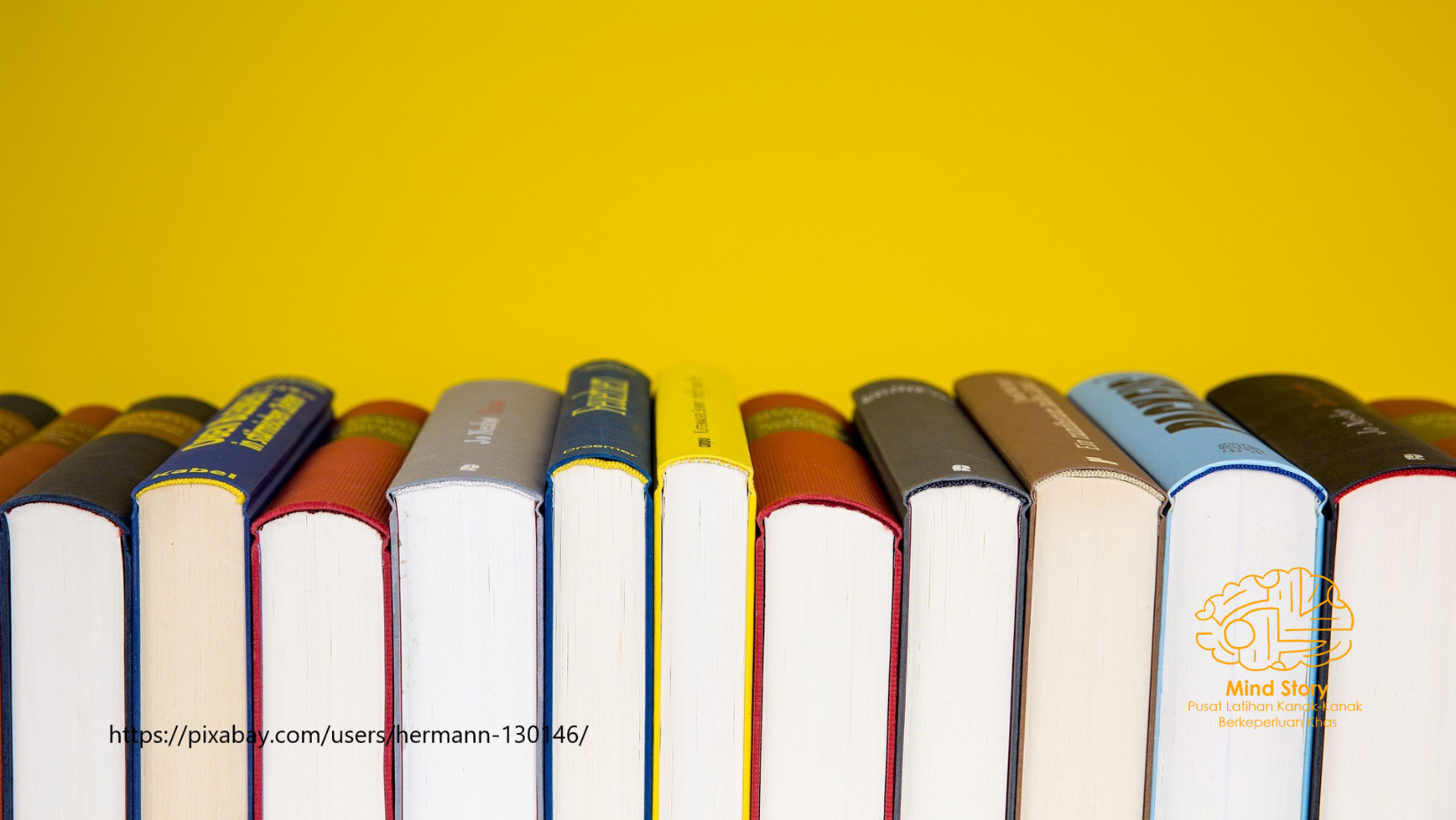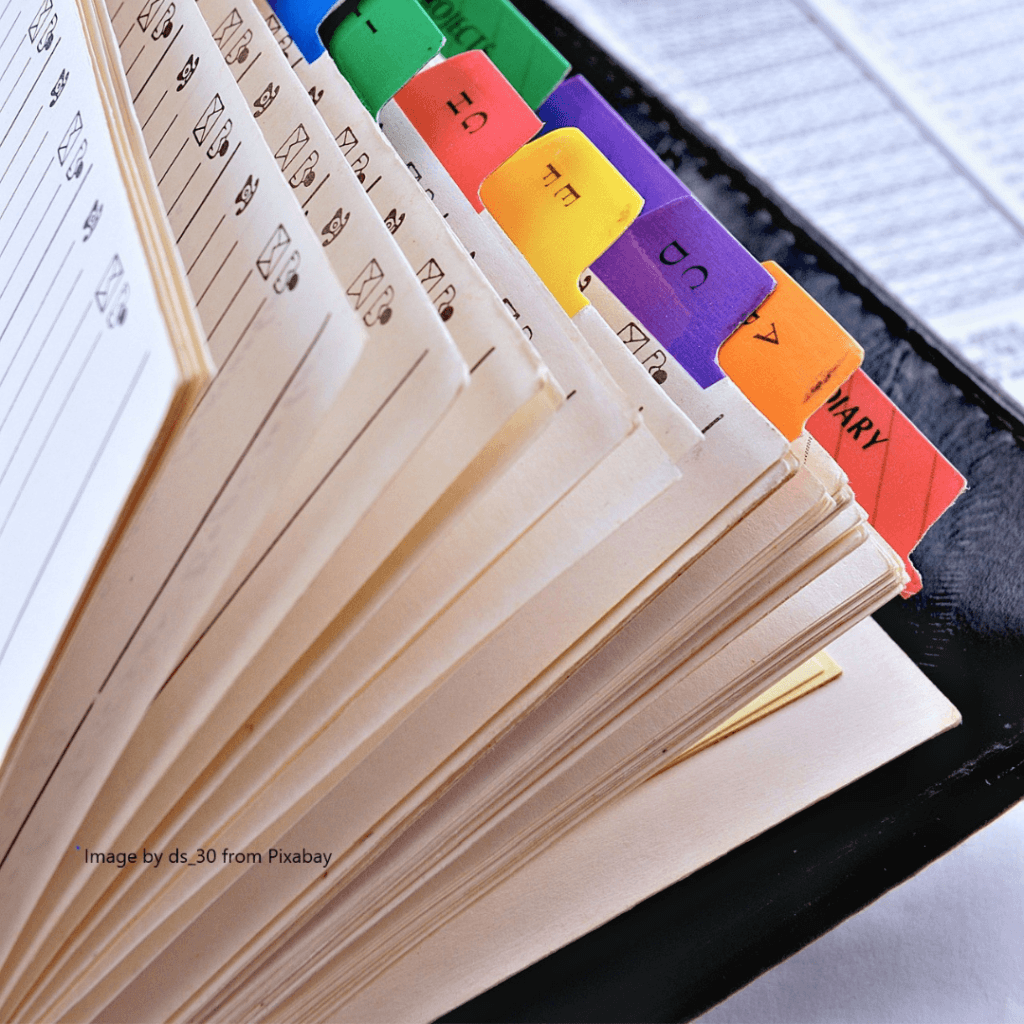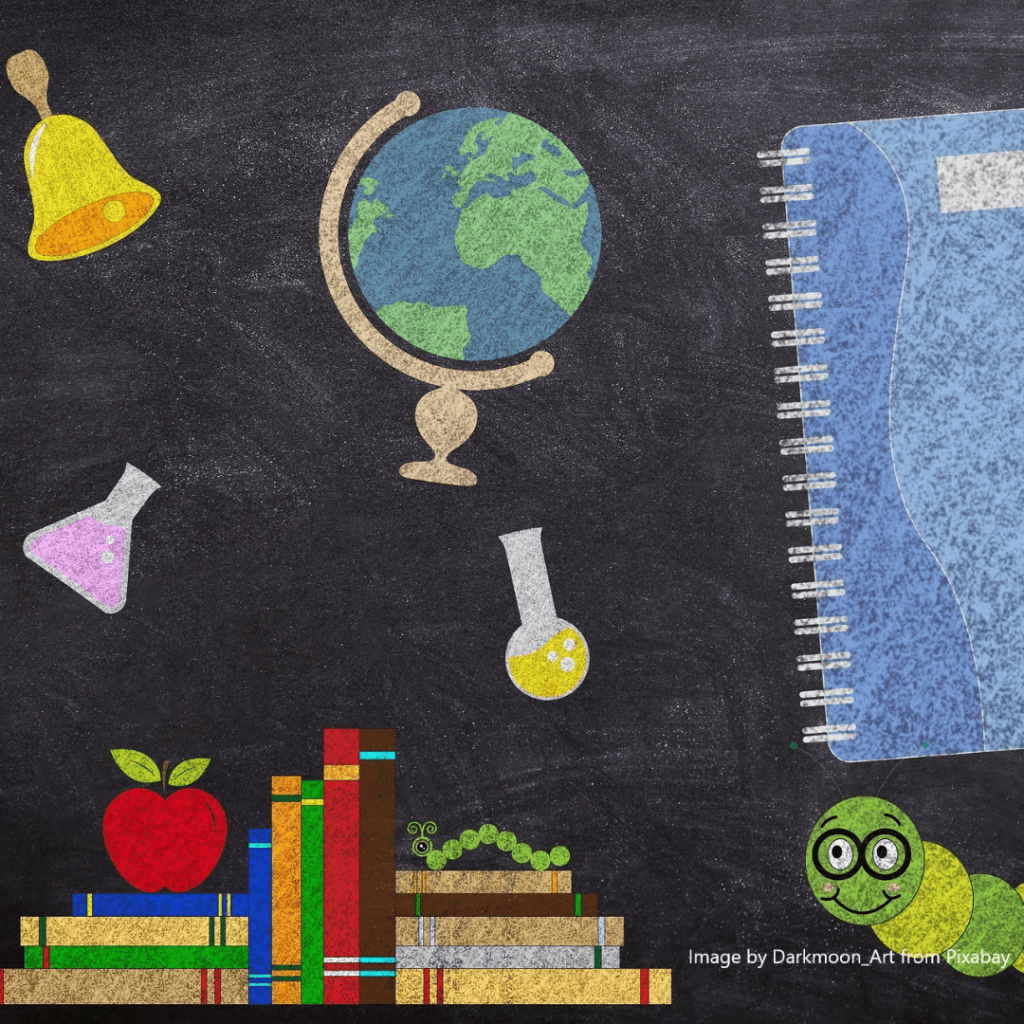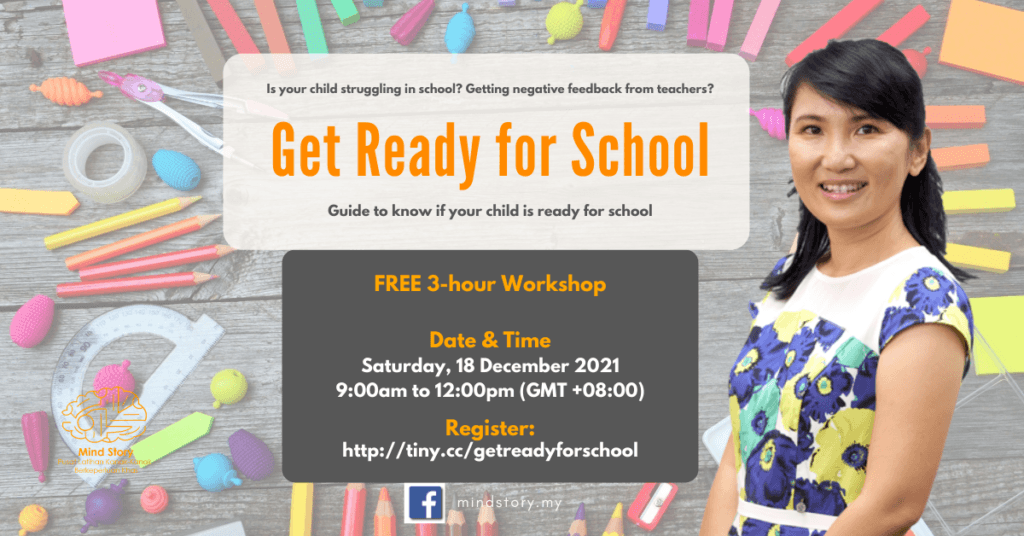
Are you planning to send your child back to school next year?
Are you worried if your child will be able to cope after 2 years of online learning?
Are you thinking what else can you do to prepare your child?
It is year end and hopefully the pandemic is heading towards the tail end where our life can go back to somewhat normalcy come next year. However, with new school means new challenges. Would my child be able to adapt to new routine? Will he be able to make new friends? Will he be able to cope with the lessons?
Introducing new routine

Going into a new school can be challenging because of new environment and routine. Firstly, introduce the new routine with your child – from time to wake up to getting ready for school and be at school. You can practice the journey with your child by role playing or with visual support. Introduce the routine without time constraint for your child to familiarize with it. Steps such as waking up when alarm clock rings >> Brush teeth >> Shower >> Changing into school uniform >> Breakfast >> Wear school shoes >> Bring school bag >> Journey to school.
Use this time to ensure your child is able to complete these tasks independently. Introduce new routine once your child has acquired the previous task. Once they are able to complete the tasks independently, then you can introduce time limit. For example, your child spends 30 mins in the shower which you may deemed is too long. You can introduce timer where it is first set at 30 mins and then slowly reducing it to 20 (by reducing one minute / day) to get your child accustomed to the desired duration.
Sometimes, your child will naturally reduce the time it takes them to complete a task as they get more familiar and proficient in completing the task with daily practices.
Introducing new environment
If your child takes a longer period to settle in a new environment (e.g., new school), it will be great if you can bring your child to visit the school before he officially joins the school. Take pictures such as the main gate, the pathway, the classroom, cafeteria and washroom. You can also find out who will be the teacher in charge and take a picture of the teacher.
With these photos, you can create a book of pictures and go through the pictures with your child daily. You can walk him through the journey he will take when he first step into the school until he gets to his classroom. You can speak to him about places such as what can he expect if he gets to cafeteria. In addition, you can show him videos of what would other children do when they get to school.
Getting to know the teacher
It is good to know the teacher who will be in charge of teaching your child. You can make appointment to speak or share your child’s condition with the teacher. You can also make use of the opportunity to get to know the teacher, their requirement or preferred mode of communication. From here, you can establish frequency of getting in touch– weekly, fortnightly or monthly and how can the teacher can best reach out to you. In emergency situation, who or how is the best way to get in touch with you. Ask if the teacher would be comfortable for you to check in weekly for the first few weeks of school just to get general feedback on how your child is adapting to the new environment.
When school start
Observe and make note of possible challenges for your child adapting to the new school. Take note if there are signs of anxiety which can take a form of restlessness, tummy / body ache, change in diet or behavior that is out of norm. Check in with teacher at the end of the week to get his / her feedback. Take note of these changes and decide if there is any further support needed.
Some challenges may surface when it comes to academic learning includes ability to comprehend instructions, copying notes from whiteboard, keeping track of personal belongings and transition from one activity to the next. These challenges can be address with academic support either through school or therapy sessions to teach the necessary skills to your child.

Review
You may want to establish the more frequent review sessions with school or teacher. After the initial adaptation period, the frequency can be reduced to once every 3 to 4 months to review your child’s performance. If your child is in a school which caters to your child according to his / her needs, an Individualized Education Plan (IEP) should be formalized within the first 3 months of school. You should be involved in the discussion of the plan in the IEP and be aware of the goals set up for your child for the year.

Should you require any assistance on preparing your child for school, join us in our 18th December’s workshop – Getting ready for school by Sarine Tan to find out more tips and strategies to prepare your child for school. Or contact us at +6018 2301 669 or admin@mindstory.com.my
Read more on the research behind The IEP: Are Malaysian Teachers Ready